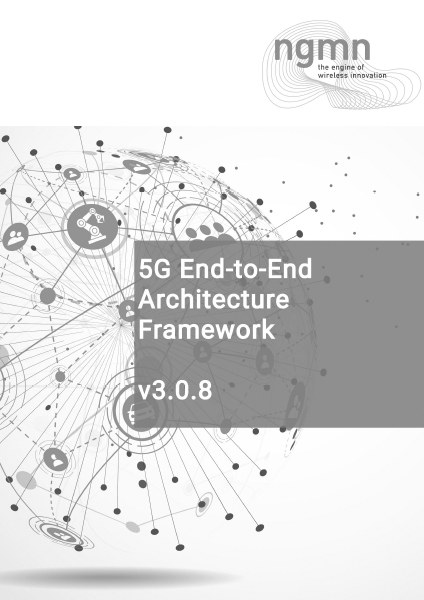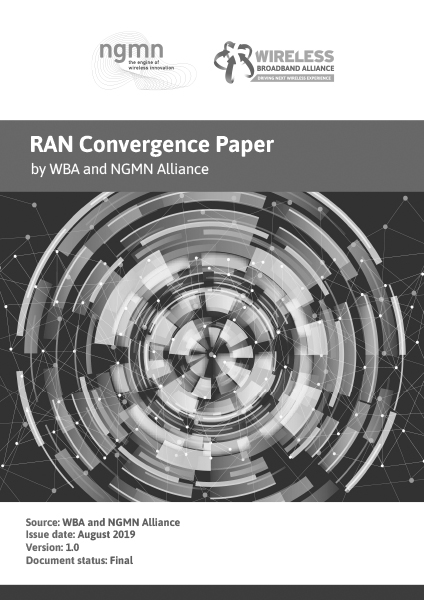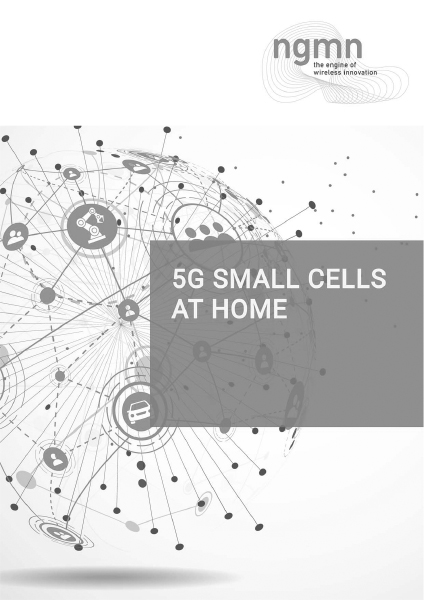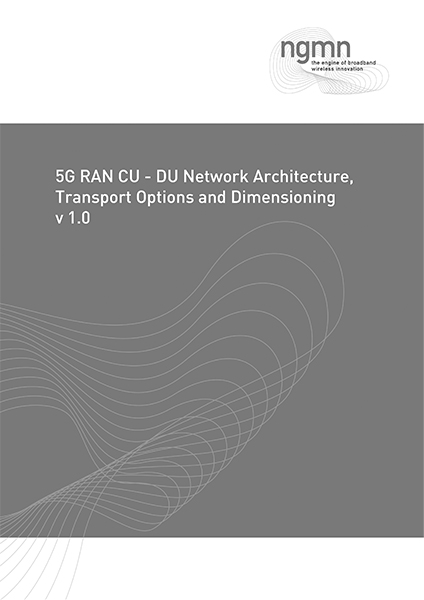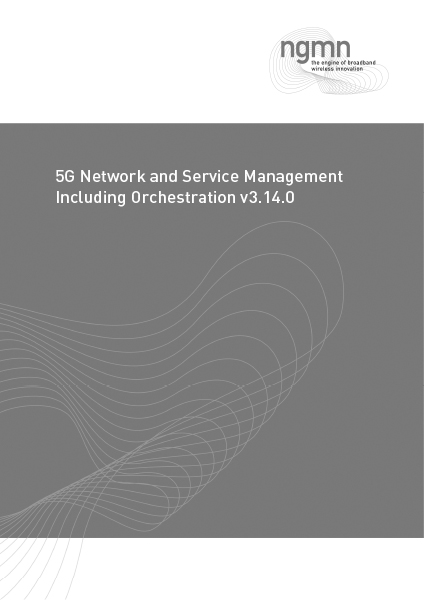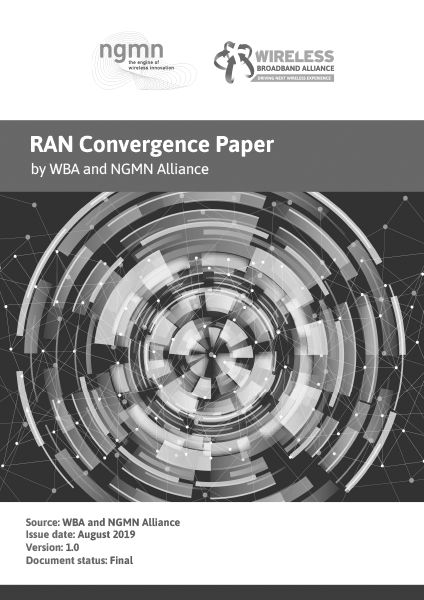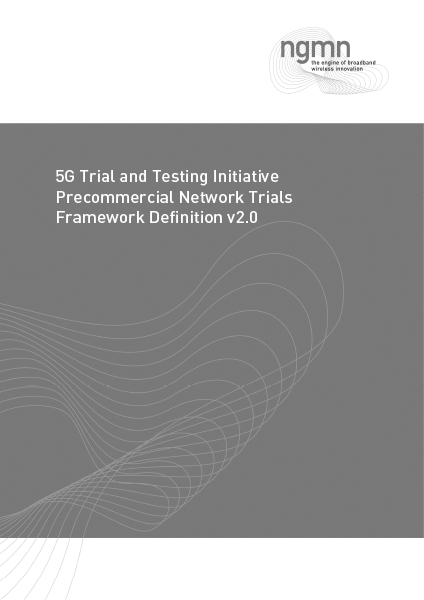5G End-to-End Architecture Framework v3.0.8
The purpose of this document is to provide a high-level framework of architecture principles and requirements that provide guidance and direction for NGMN partners and standards development organisations in the shaping of the 5G suite of interoperable capabilities, enablers, and services. It builds on the architectural concepts and proposals implied by the NGMN White Paper and subsequent deliverables published by NGMN.
The elements of functional virtualisation shift of computing to the edges of the network, and leveraging of spectrum distribution and flexibility, are among the dominant themes that shape the 5G ecosystem. Optimisation of operational and performance efficiencies, while creating and delivering an exceptional and customisable user experience is of paramount significance.
